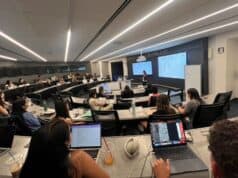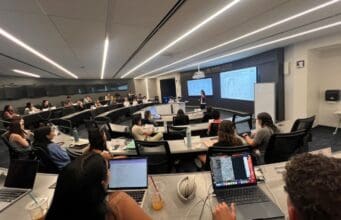The Greek philosopher Heraclitus is credited with saying, “The only constant in life is change.” In the business world, leaders face this constant on a daily basis. The pace of new trends continues to quicken, both disrupting and creating opportunities for its leaders.
“The rules of strategy and engagement are being rewritten. They demand new mindsets, enhanced capabilities, new disciplines, new business models, and new business structures,” shares Nicola Barrett, chief corporate learning officer at Emory University’s Goizueta Business School and lead of Emory Executive Education.
Businesses and leaders across all industries face mounting demands, including leveraging accelerating technology, utilizing big data, increasing environmental responsibility, managing remote teams, and building engagement and purpose. Yet the imperative to meet profitable growth goals remains at the top of the agenda.
In response, Emory Executive Education, in collaboration with Goizueta Professors Omar Rodríguez-Vilá and Robert Kazanjian, developed the Growth Leadership framework and assessment tool. The goal is to equip professionals to stay ahead of the curve and prepare businesses to unlock their growth potential while better targeting their learning and development dollars. The approach can help leaders in all parts of the business to modernize their growth playbook.
Unlocking the Secret to Growth
The Growth Leadership framework and assessment tool will be able to better equip leaders with deep insights on their own growth-enabling knowledge strengths, blind spots and gaps. Currently in beta testing, the assessment includes 80 knowledge areas that help leaders devise strategies for growth where the status quo may have gone stale.
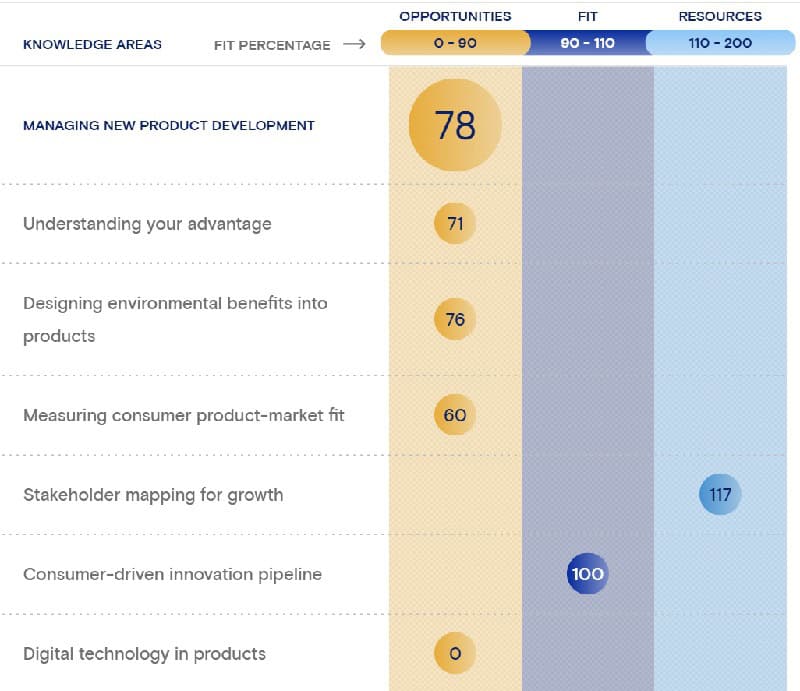
The assessment was born from a study into what was on the radar for decision-makers like C-suite officers. “Over the last couple of years, we conducted research on what was top-of-mind for senior executives,” says Barrett. “Yesterday’s playbooks really weren’t cutting it in terms of where organic growth happens today.”
According to Barrett, designing a new growth playbook for organizations hinges on four critical components. First, identifying new opportunities is essential, as recognizing potential areas for expansion sets the foundation for success. Second, organizations must design a competitive edge by determining which opportunities are worth pursuing and defining a unique value proposition that distinguishes them in the market. Third, unlocking demand for new products or services is crucial to converting potential into tangible results. Finally, it is vital to cultivate a team of growth leaders who can think innovatively about identifying, designing, and unlocking growth opportunities given the evolving business landscape and changed customer values. These insights fueled the Growth Leadership framework—See, Design, Unlock, and Lead—and the new assessment tool.
The Archetypes of Leadership
The Growth Leadership assessment also provides insight into the type of growth leader you are.
“To consistently deliver growth inside an organization requires a complement of leadership archetypes,” says Pam Tipton, senior director of Executive Education. “All of us have qualities aligned with each archetype. However, understanding your primary archetype helps leaders understand how they deliver the most value to their organization.”
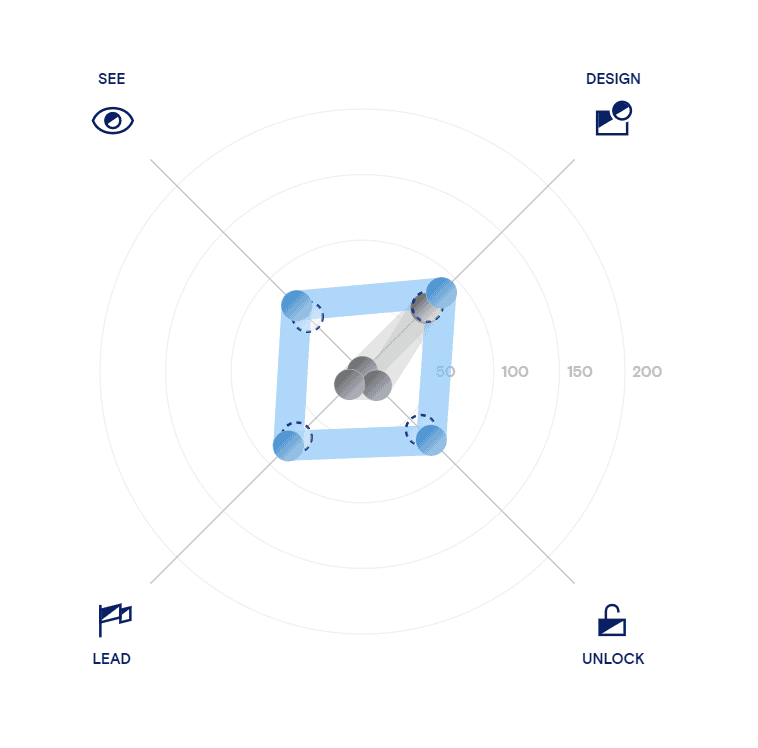
The assessment analyzes groups to find the balance of archetypes in each organization and individual. “The assessment was originally designed so that we could assess a group, whether that’s a small, intact team, or a larger segment of the organization,” says Tipton. “We can assess where they are collectively so that we can design a program tailored to their needs and give them the most lift in terms of increasing their capacity to see, design, unlock, and lead growth.” The team also sees possibilities for individual career development utilizing the instrument.
Rodríguez-Vilá identifies the five archetypes as:
- The Organizer: focuses on bringing order to disorder, organizing people and things to realize goals.
- The Strategist: constantly monitors the external environment and plays a key role in shaping and directing the organization’s strategic path.
- The Innovator: is an idea generator who ensures things can move through the development process.
- The Operator: ensures all processes become a well-oiled machine.
- The Analyst: analyzes the available data and how it guides an organization along the growth process.
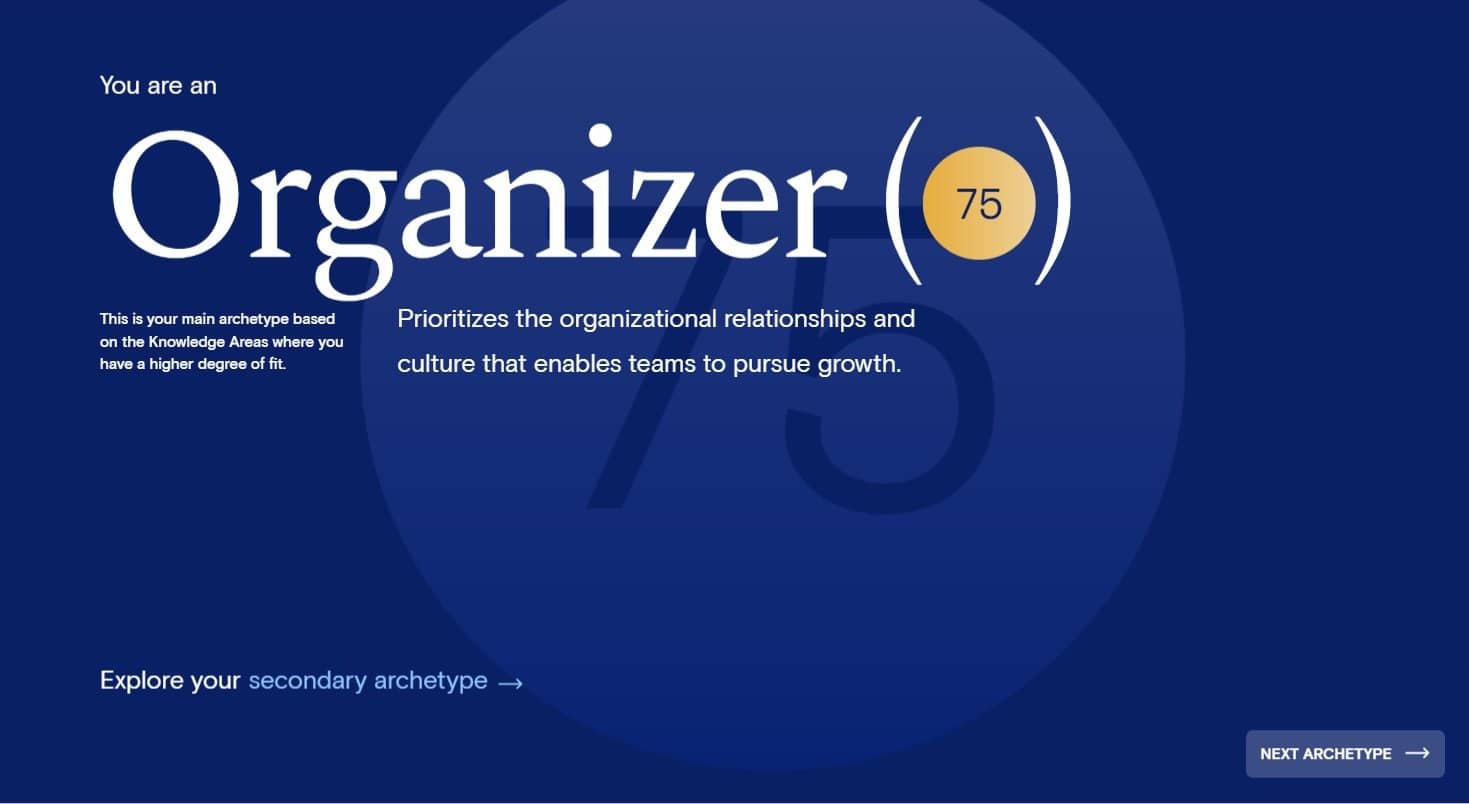
“For growth to happen inside of the organization, you need all five archetypes,” posits Rodríguez-Vilá.
Tipton adds, “For example, there are questions that specifically get to the degree to which you encourage cross-team collaboration or can operationally scale growth opportunities. Typically, there are two different archetypes that champion these efforts.” The assessment allows teams and individuals to strategize around the data and improve the balance of where they’re strong and where they need development.
Version 2: Powering Growth Leadership with AI
“People need the context of the overarching growth leadership framework. Then, they can see how their scores position them relative to organizational priorities and others in their organization,” says Tipton. “These insights highlight where they are a resource and in what areas they need to develop.”
AI will ultimately augment the already comprehensive roadmap the evaluation provides by aggregating data from multiple people within the same organization over time to produce an organization-level roadmap. “AI has the ability to quickly read data from multiple surveys, aggregate the data, and create a visual map. We’re already thinking through how AI can boost organizational insights in the next iteration of the assessment reporting.”
The assessment, which continues to evolve through beta testing, is set to roll out by the end of the year.
Looking to quickly grow your own career or your team’s expertise? Experience Goizueta’s unique, hands-on applied learning approach with the combined power of academic insight and real-world business experience. Find out more about Emory Executive Education.





